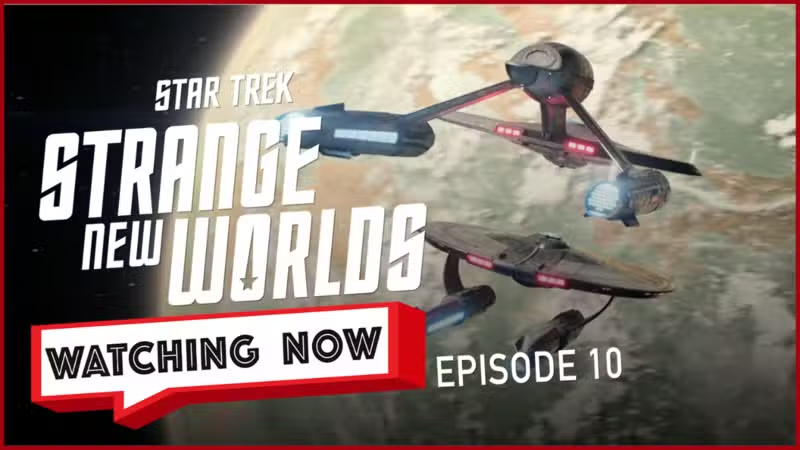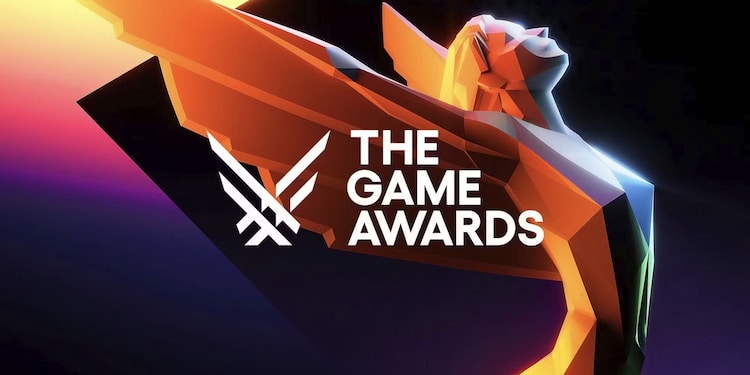Many people dream of designing their own games. This ability would allow them to create environments that match their expectations, instead of having to rely on developers.
But while this concept might seem like a pipe dream, it is fast becoming a reality. AIs aren’t quite there yet, but there are all sorts of tantalizing examples of things moving in that direction.
For example, we now have AI Doom, an AI-generated version of the original game that recreates the scenes it contains without any original code (it just learned what the game looked like by watching videos online).
Then there are magic card templates that allow you to create your own cards for card games. Again, these were unthinkable before, but now something that players can add to balanced game setups.
So, why is designing your own game something that might be just around the corner?
No Coding Requirements
Top of the list is the fact that coding is fast becoming something that machines can do. Previously, you had to hire entire coding teams, but now that’s no longer the case. Most AIs can generate codes for games for you, allowing you to put them into engines and get going from there. All that’s required is a prompt.
While iterating can take a while, it is often possible to move toward the original artistic vision. Yes, it takes time, but systems are becoming better at predicting the sort of outputs that people want.
Free Game Engines
At the same time, the price of accessing all this technology is also declining. The rate of price decline is astonishing, and with programs like DeepSeek, the AI price wars are now only heating up.
Unity, Unreal, and Godot are all examples of engines that are bringing self-made games to life. But, of course, we could go well beyond that if AI companies find a way to make machine learning computation cheaper and more accessible. When that happens, there could be a profound shift, the likes of which haven’t been seen before.
Asset Stores
Another helpful component of this change will likely be “asset stores.”
That might sound complicated, but these are just pieces of digital information that you could incorporate into your game.
For example, if you like the physics in a game, you can now apply that in a blanket fashion to your development, regardless of what else you put in your world.
You can also import specific AI chat generation systems, physical objects, and code that uses AI to expand around an existing artistic flourish or scene.
Drag-And-Drop
On a related topic, there are also drag-and-drop builders that allow developers to create games (similar to the ones used for building websites).
Again, these make the entire process significantly more straightforward.
Online Tutorials
Lastly, if you do get stuck, there are online tutorials you can use to solve virtually any problem. These are handy when you’re struggling to make a breakthrough and aren’t quite sure where you want to go next.










